Stories Category: Intensive Care

Recent Developments in Management of Critical Burn Injuries
Recent reports emphasize the dangers of over resuscitation in the setting of burn injury. No new medical therapy for inhalation injury has been generally adopted, but new standards for description of burn-related infections... read more

High-Observation Protocol Cuts Length of Stay in Head
A high-observation protocol (HOP) appears to optimize clinical care for patients with head and neck cancer undergoing primary surgery, according to a study published online June 20 in Head & Neck. The researchers found... read more

The "Quality Minute" – A New, Brief, and Structured Technique for Quality Improvement Education During the Morbidity and Mortality Conference
The Quality Minute is a brief, structured presentation designed to incorporate quality improvement (QI) education into the surgical morbidity and mortality (M&M) conference. The 6-slide, 5-minute structure makes it easy... read more

Resuscitating Sepsis – How I do it after Albios
Watch "Resuscitating Sepsis - How I do it after Albios" by Luciano Gattinoni.... read more
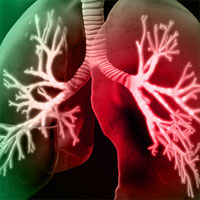
Frequency of Exacerbations in Patients with COPD
Present treatment strategies to stratify exacerbation risk in patients with chronic obstructive pulmonary disease (COPD) rely on a history of two or more events in the previous year. We aimed to understand year to year variability... read more
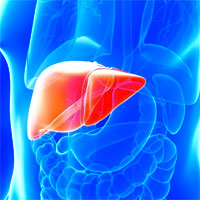
Protocol-based Invasive Intracranial Pressure Monitoring in Acute Liver Failure
Acute liver failure (ALF) may result in elevated intracranial pressure (ICP). While invasive ICP monitoring (IICPM) may have a role in ALF management, these patients are typically coagulopathic and at risk for intracranial... read more

Drink Coffee and Live Longer: Cohort Study
A multinational cohort study on coffee drinking and mortality in 10 European countries. Coffee drinking was associated with reduced risk for death from various causes. This relationship did not vary by country. 521, 330 people... read more
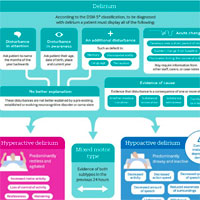
Hypoactive vs Hyperactive Delirium
Hypoactive delirium tends to capture less clinical attention than hyperactive delirium. Like all delirium, it can occur in a variety of patients and settings and will consequently be encountered by many groups of doctors.... read more

Intubation During CPR was Associated with Worse Survival and Brain Health
Intubating patients in cardiac arrest is widely considered ideal care. But in this analysis, the patients who were intubated were less likely to survive (16% vs 19%) or have a good functional outcome (~11% vs ~14%). Intubation... read more

How to Remove the Grey Area Between VAP and VAT?
We read with great interest the study performed by Paula Ramirez and colleagues. The study included 71 patients with ventilator-associated pneumonia (VAP) and the authors coined a new term called "gradual VAP".... read more
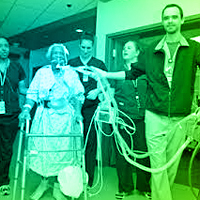
Low Levels of Physical Activity During Critical Illness and Weaning
Physical rehabilitation can benefit critically ill patients during ICU admission, but routine clinical practice remains inconsistent nor examined in prolonged mechanical ventilation patients transferred to a specialist ventilator... read more
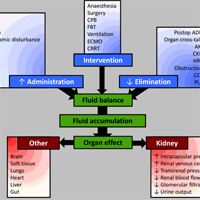
The Role of Oliguria and the Absence of Fluid Administration and Balance Information in Illness Severity Scores
Urinary examination has formed part of patient assessment since the earliest days of medicine. Current definitions of oliguria are essentially arbitrary, but duration and intensity of oliguria have been associated with an... read more

The Complexities of Intravenous Fluid Research: Questions of Scale, Volume, and Accumulation
Despite near ubiquity, information regarding fluids consumption at a health care systems level, and patient exposure at an individual level, is surprisingly limited in the medical literature. The epidemiology of the foundational... read more
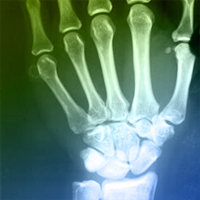
A population-based cohort study of rheumatoid arthritis-associated interstitial lung disease
ILD is a serious complication in RA, with a significantly increased mortality compared with a large matched cohort of RA comparisons without ILD. Mortality risks were assessed using Kaplan-Meier mortality curves, and hazard... read more

Thrombolytics for Stroke: The Evidence
Thrombolytics for stroke: undoubtedly the biggest controversy in emergency medicine. Also, the topic of this week’s Emergency Medicine Cases Journal Jam podcast. Rory Spiegel, Anton Helman, and I take a deep dive into the... read more

Aspirin therapy in patients with ARDS is associated with reduced ICU mortality
Acute respiratory distress syndrome (ARDS) is a common clinical syndrome with high mortality and long-term morbidity. To date there is no effective pharmacological therapy. Aspirin therapy has recently been shown to reduce... read more
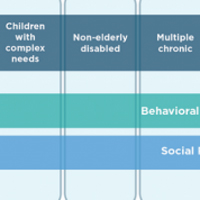
Effective Care for High-Need Patients
To advance insights and perspectives on how to better manage the care of the high-need patient population, the National Academy of Medicine, with guidance from an expert planning committee, was tasked with convening three... read more








